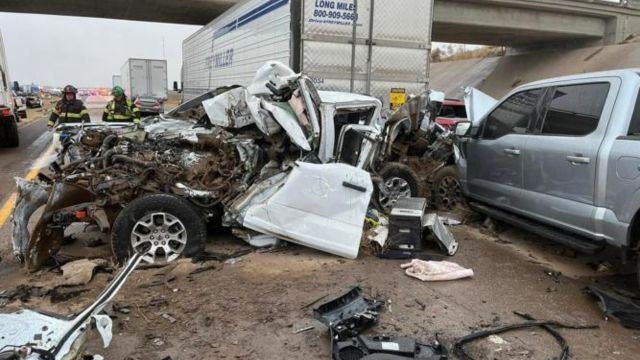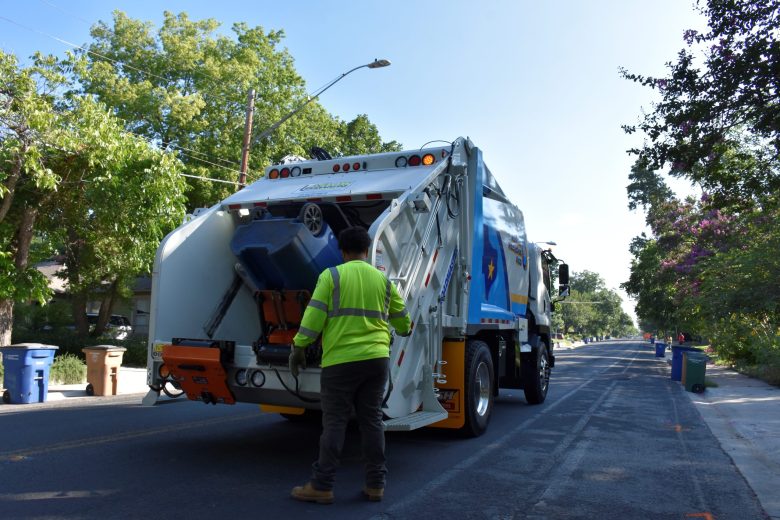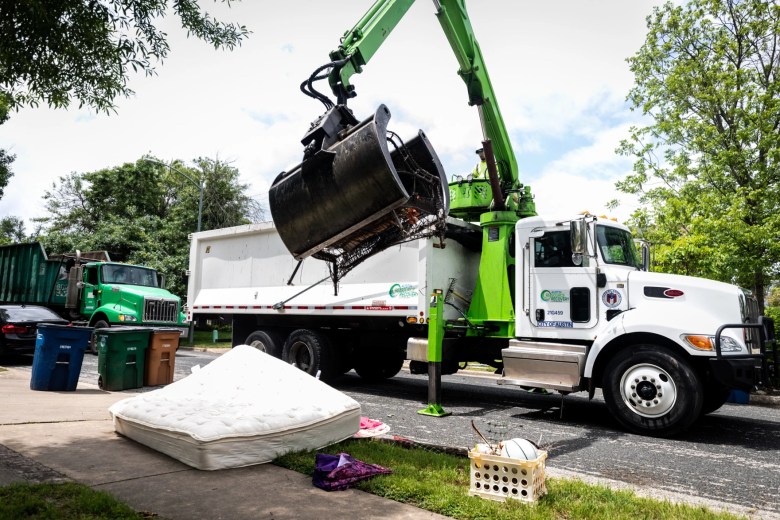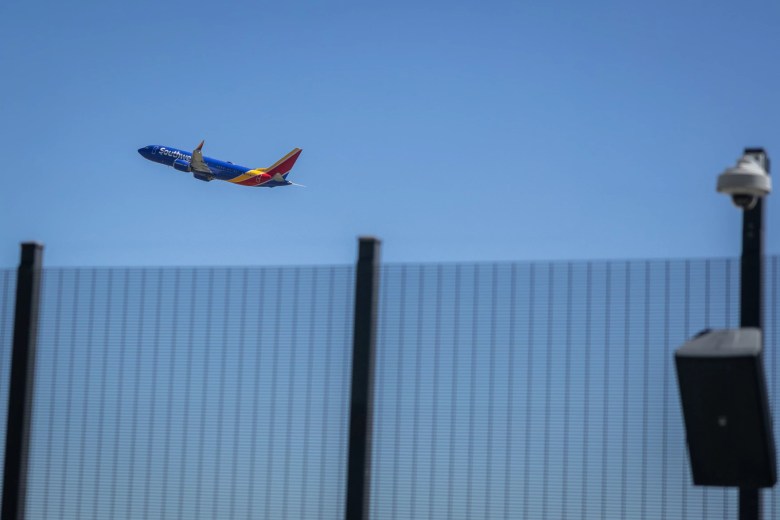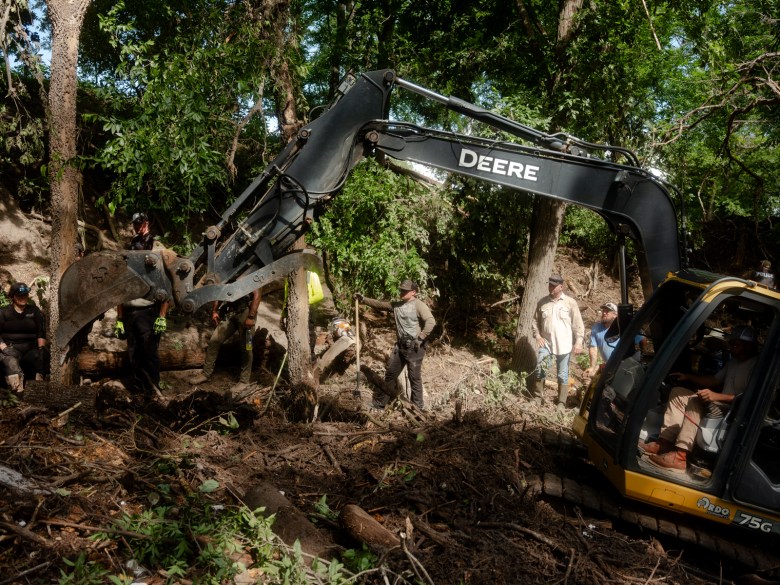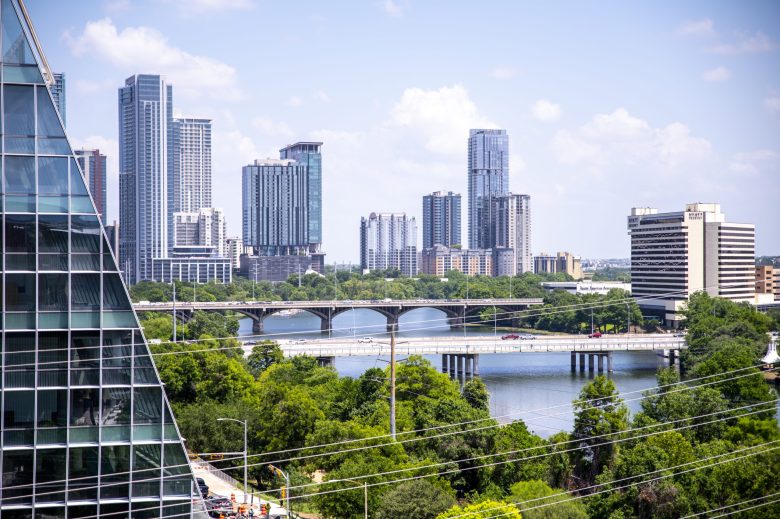TOPEKA, Kan. — A strong gust of wind sweeps over dry land, stirring up a thick cloud of dust and dirt that quickly reduces visibility to almost nothing. For drivers, the sudden dust storm seems to appear out of nowhere, creating dangerous conditions on the road.
Last week, such conditions led to a massive pileup on Interstate 70 in western Kansas, involving dozens of vehicles and resulting in eight deaths. Similarly, on Tuesday, blinding dust forced New Mexico’s transportation department to close a 130-mile (210-kilometer) section of highway from the Arizona border to the outskirts of Las Cruces.
These recent storms have reminded many of the “Dust Bowl” era of the 1930s, when massive dust storms buried farms and filled entire towns with dirt across the Great Plains. While dust storms happen regularly—especially in the western U.S. before farmland is planted in spring—some scientists worry that many drivers don’t recognize the dangers they pose.
“There is very little public awareness about how destructive dust storms can be,” said Daniel Tong, an associate professor of atmospheric chemistry at George Mason University. Tong, who co-authored a 2023 study on dust storm fatalities, believes more education is needed to prevent future tragedies.
Deadly History of Dust Storms
As dust clouds rapidly reduced visibility, drivers slowed down, triggering collisions, authorities reported.
A preliminary investigation found that 71 vehicles were involved in the Kansas pileup, according to Kansas Highway Patrol spokesperson April McCollum. Aerial images showed that at least 10 of them were semi-trucks.
“The dust was so thick, it was difficult to even keep your eyes open outside,” said Jeremy Martin, a meteorologist with the National Weather Service in Goodland. “Breathing in that air stung.”
Similar conditions in eastern Colorado led the Colorado State Patrol to warn drivers about “zero visibility due to high winds and blowing dirt.”
“You couldn’t see anything,” said Jerry Burkhart, Lamar, Colorado’s fire and emergency services chief. “The best thing to do is pull far off the road into a parking lot or another safe area.”
The High Plains Museum in Goodland showcases a photograph of a tractor nearly buried in dirt from the 1930s Dust Bowl, serving as a stark reminder of how severe drought and overfarming devastated the Great Plains.
The recent Kansas pileup was the first dust storm-related fatality in the area since 2014, Martin said. However, it came just weeks after an 11-car crash on Interstate 10 that left three dead, with dust being a major factor, according to Albuquerque TV station KRQE. Similarly, in 2023, a dust storm on Interstate 55 between St. Louis and Springfield, Illinois, caused a deadly pileup involving dozens of vehicles.
One of the deadliest dust storm-related crashes occurred in 1991 when 17 people died in a 100-car accident on Interstate 5 in California’s San Joaquin Valley.
In a 2023 study published in the Bulletin of the American Meteorological Society, Tong and his co-authors found that between 2007 and 2017, dust storms were responsible for 232 deaths—far more than what had been previously reported by the National Oceanic and Atmospheric Administration (NOAA).
In January, Tong and his colleagues also estimated that economic losses from wind erosion and dust storms are four times higher than earlier calculations, totaling over $154 billion per year.
The Role of a Cold Front in the Kansas Storm
According to Martin, the Kansas dust storm developed when a cold front moved in after the area had experienced warm and dry conditions for six hours. Winds reached up to 70 miles per hour (113 kph), lifting dust into the air and trapping it within the cold front.
“That’s when you see that classic wall of dust,” he explained.
More Than Just Visibility Issues
Dust storms present more dangers than just limited visibility, Martin said. From a distance, it’s often hard to tell how thick the dust is, leading drivers to enter conditions where they suddenly can’t see at all.
Weather experts say that some dust storm driving advice goes against common instincts. Michael Anand, a meteorologist with the National Weather Service in Albuquerque, advises motorists to pull off the road safely, turn off all lights, and avoid using high beams.
“You don’t want other drivers to think you’re still moving on the road,” Martin added. “Your tail lights might be the only thing they can see, and they could mistakenly believe the road curves in that direction.”
Tong emphasized that dust storms also make driving more difficult because strong winds can push vehicles off course, while fine dust particles on the road can reduce braking effectiveness. When drivers panic, accidents become more likely.
Because dust storms are common in many parts of the U.S., Tong believes states should require new drivers to learn how to respond to them before getting their license.
“That would be a simple and effective way to educate motorists,” he said.
